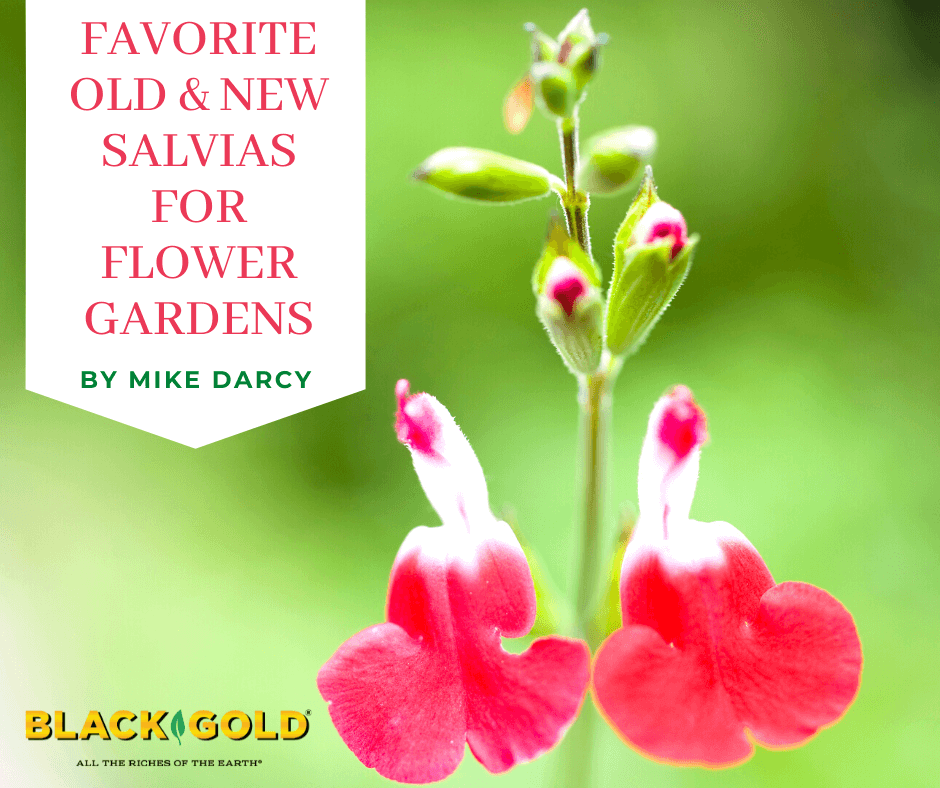
The diversity of dogwoods (Cornus spp.) goes way beyond the common eastern flowering dogwood (Cornus florida), which is much-loved but prone to serious diseases. The list of comely Cornus contains so many selections that it can be difficult to know what to choose. My list of favorites may help you narrow down your choices.
In my own neighborhood, I see many varieties that offer not only spectacular flowers but colorful fruits later in the season, some of which are even edible. Most have interesting leaves that turn brilliant colors in the fall or are variegated. Others have interesting winter bark or brightly colored twigs.
Dogwood Anthracnose and Dogwoods
We are fortunate to live on a fertile western slope of the mountains in the Pacific Northwest because the variety of plants that we can grow, dogwoods included, is broad. One downside is that our non-hybridized native Pacific dogwood (Cornus nuttallii) has problems that render it a poor choice for most gardens. Like eastern flowering dogwood, it is very susceptible to a disease called dogwood anthracnose, which causes leaf and stem tissue to die back, resulting in a very unsightly tree. However, we are fortunate that there are many other dogwood choices available that are resistant to this disease. (There are a few eastern dogwood hybrids, such as the Rutgers Hybrids, and Pacific dogwood hybrids, such as the Stellar Pink® (Zones 5-8) and Starlight® (Zones 5-9), that are also dogwood-anthracnose resistant, but most are not.)
Divine Dogwoods
My list includes favorites that perform well in the Pacific Northwest, but most grow well in other temperate regions of the country. Just be mindful of their growing needs and hardiness-zone limitations. Before considering any of these dogwoods, I want to mention that they like soil with excellent drainage in addition to ample organic matter at the time of planting. (Click here for tree and shrub planting guidelines). Light needs are species- and variety-specific. Check with a local garden center to determine what trees would be best suited to your yard, because some can become quite large, while others have a growth habit like a shrub.
Cornelian Cherry
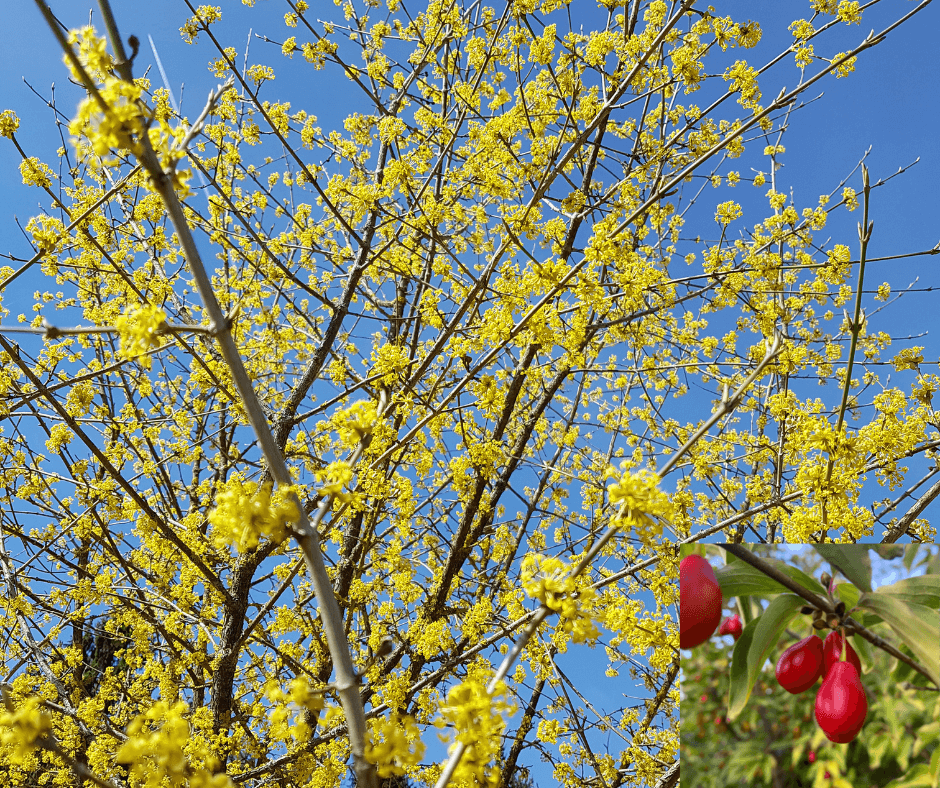
In this early spring season of March, my cornelian cherry (Cornus mas, Zones 4-8, 15-25 feet) is in full bloom. Many visitors to my garden are not familiar with this dogwood and often are surprised to discover that it is one. It is a deciduous tree and right now is in full bloom with masses of small yellow flowers that appear on the bare branches before they leaf out. It is one of the earliest trees to bloom in my garden. The leaves of ‘Variegata’ are marbled creamy white, for extra interest. It goes by the common name of cornelian cherry because, in the fall, cherry-sized fruits appear that are bright red and hang on the tree until the birds get them. The fruits are also edible and described as tasting like a cross between a cherry and cranberry. Some gardeners use them to make jam.
Korean Dogwood
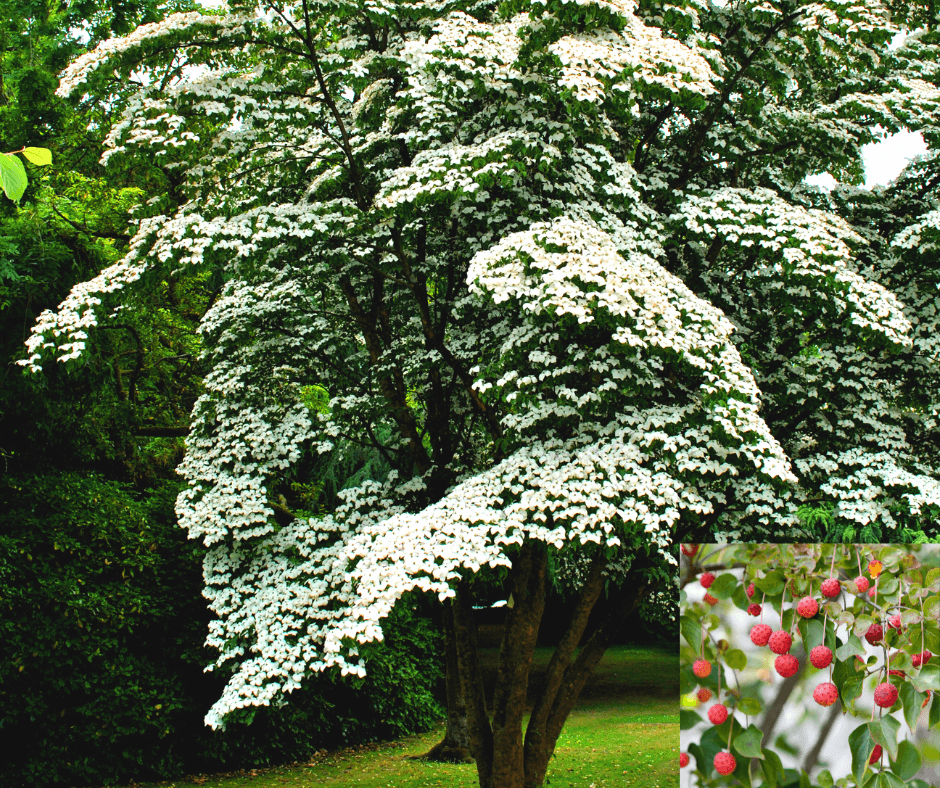
Korean dogwood (Cornus kousa, Zone 5-8, 20-40 feet) have become very popular because of their four seasons of interest (spring flowers, beautiful habit, colorful fall fruits and leaf color, and pretty mottled bark), and the many fine hybrids released by Rutgers University. These dogwoods are noted for being vigorous and disease resistant. One of my favorite hybrids is ‘Venus’, which reaches 15-20 feet, has huge white blooms, and red fruits and foliage in the fall. Pink varieties are also stunning when in bloom. Two of the best are the darkest-pink Scarlet Fire® (25 feet) and the classic, paler pink ‘Satomi‘ (15-30 feet). When the blooms appear in the late spring, they tend to be along the top of the branches and above the leaves. This creates the appearance of a tree covered with flowers with the leaves being almost invisible. Ornamental and edible red fruits appear in the fall, and the leaves provide some excellent fall color in warm and purplish shades. The fruits are a bit mealy, though somewhat tasty. Wildlife enjoy them as well.
Wedding Cake Tree
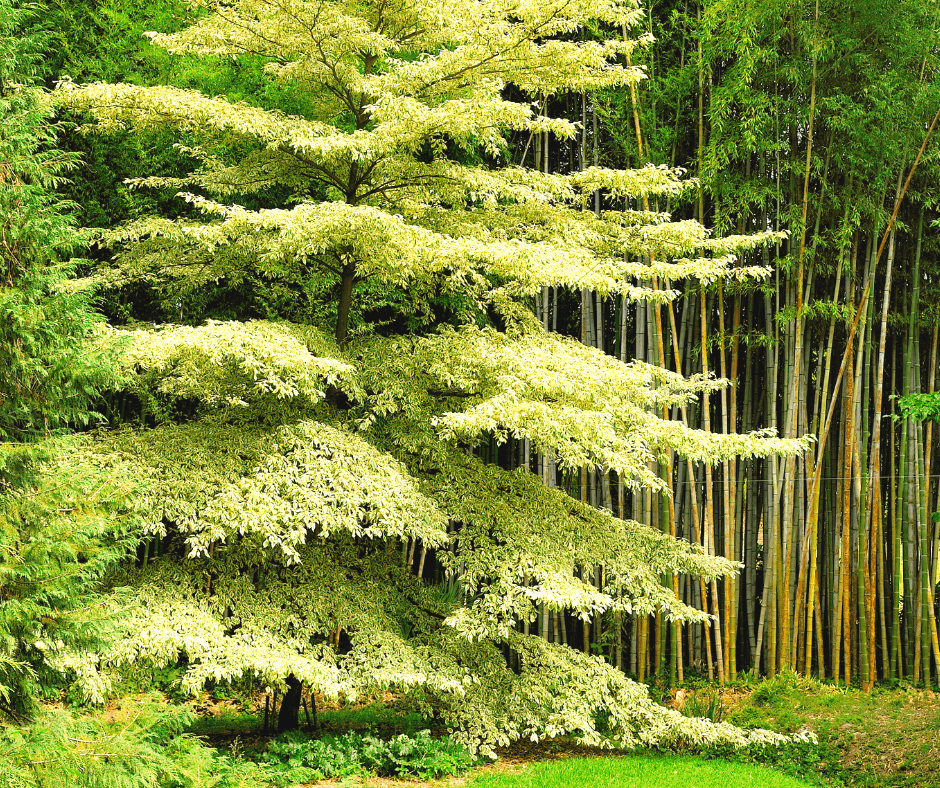
One of the most spectacular-looking dogwoods is Cornus controversa (Zones 5-8, 30-40 feet). Sometimes it is referred to as the wedding cake tree because of its layered growth that looks like tiers on a wedding cake. Small clusters of white spring flowers are followed by small blue-black fruits. The variety ‘Variegata’ is even more stunning with bright green leaves edged in white. This is a magnificent small deciduous tree for the garden.
Evergreen Dogwood
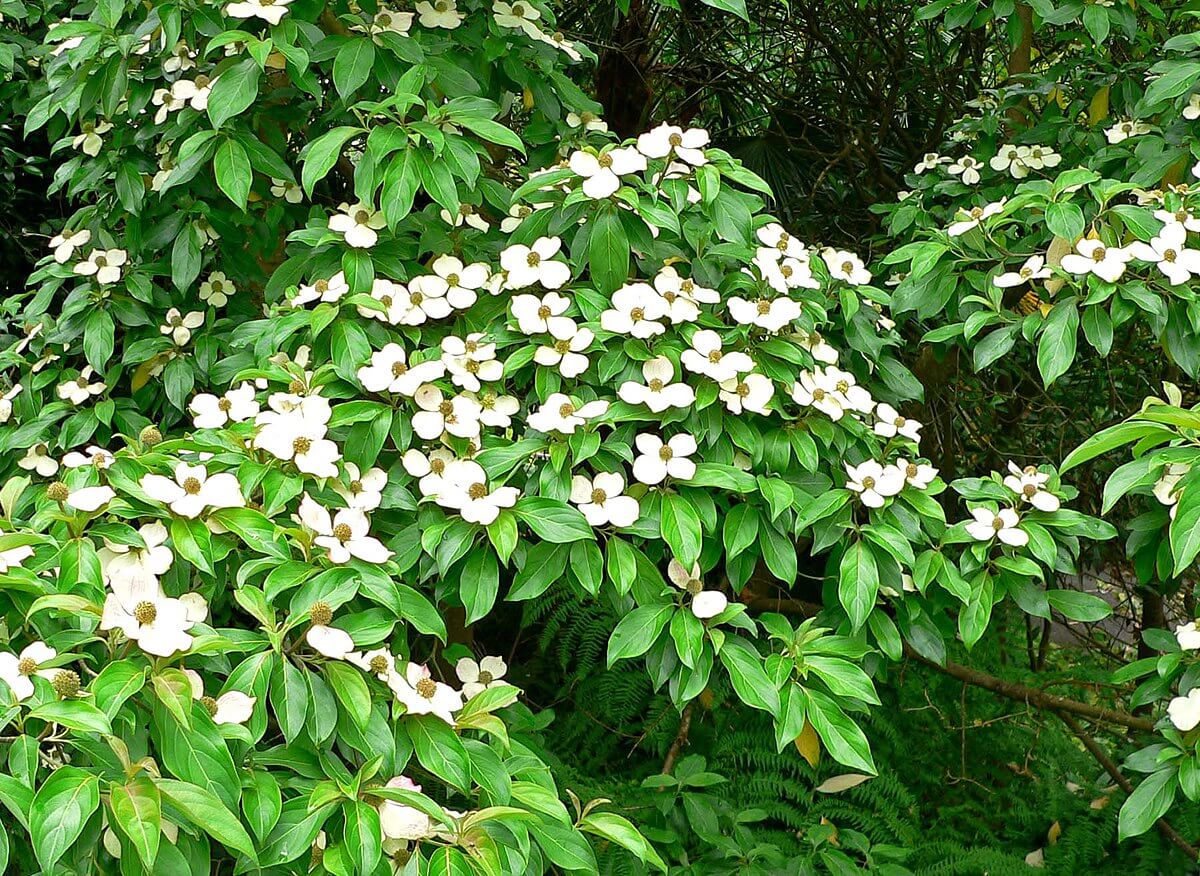
Some dogwoods are evergreen, such as Cornus capitata, which is a little less hardy, surviving in Zones 8-9. The Himalayan and Chinese native reaches between 20 and 40 feet and grows well in moist, West Coast regions. One of the best is ‘Mountain Moon’, which has small clusters of flowers that are followed by edible red fruits in the fall. While considered evergreen, I would call it semi-evergreen, because if we get a cold winter, it will lose its leaves.
Bloodtwig or Common Dogwood

I would be remiss if I did not mention a dogwood known for its colorful stems, and bloodtwig dogwood (Cornus sanguinea, Zones 4-7, 8-15 feet) is one of the best. The tricolored ‘Midwinter Fire’ is one of the most well-known and eye-catching when it shows off its orange, red, and yellow stems in the winter. With a spotlight under it, the colorful stems create a wonderful winter scene. Prune hard each spring to promote the brightest stems. In spring, it produces clusters of white flowers, and the leaves have nice yellow fall color.
As I mentioned earlier, there are so many different dogwoods to choose from, so it is wise to do some research to be certain you are getting the right one for your particular location. To walk into a garden center and say you want a dogwood would be like walking into an ice cream parlor and saying you want an ice cream cone. Be choosy.


